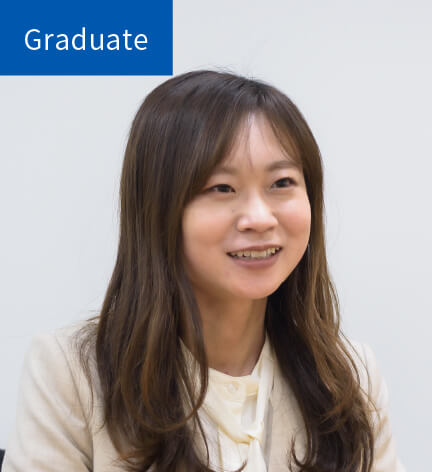-
New Graduate Recruitment
MYPAGE/ENTRY
Internship pre-entryPhD/postdoc recruitment
PhD/postdoc recruitment entryMYPAGE
Mypage for FY2026 Graduate Recruitment -
Mid-career Recruitment
Recruitment Infomation
Please check here for
a list of positions currently available.Alumni Network
Chugai provide opportunities for interaction with
Alumnai (graduates) who have worked with us at Chugai in the past.
If you would like to use it, please register here. -
Recruitment of the Disabled
Recruitment of the Disabled site
For candidates in possession of a disability handbook.
INTERVIEW
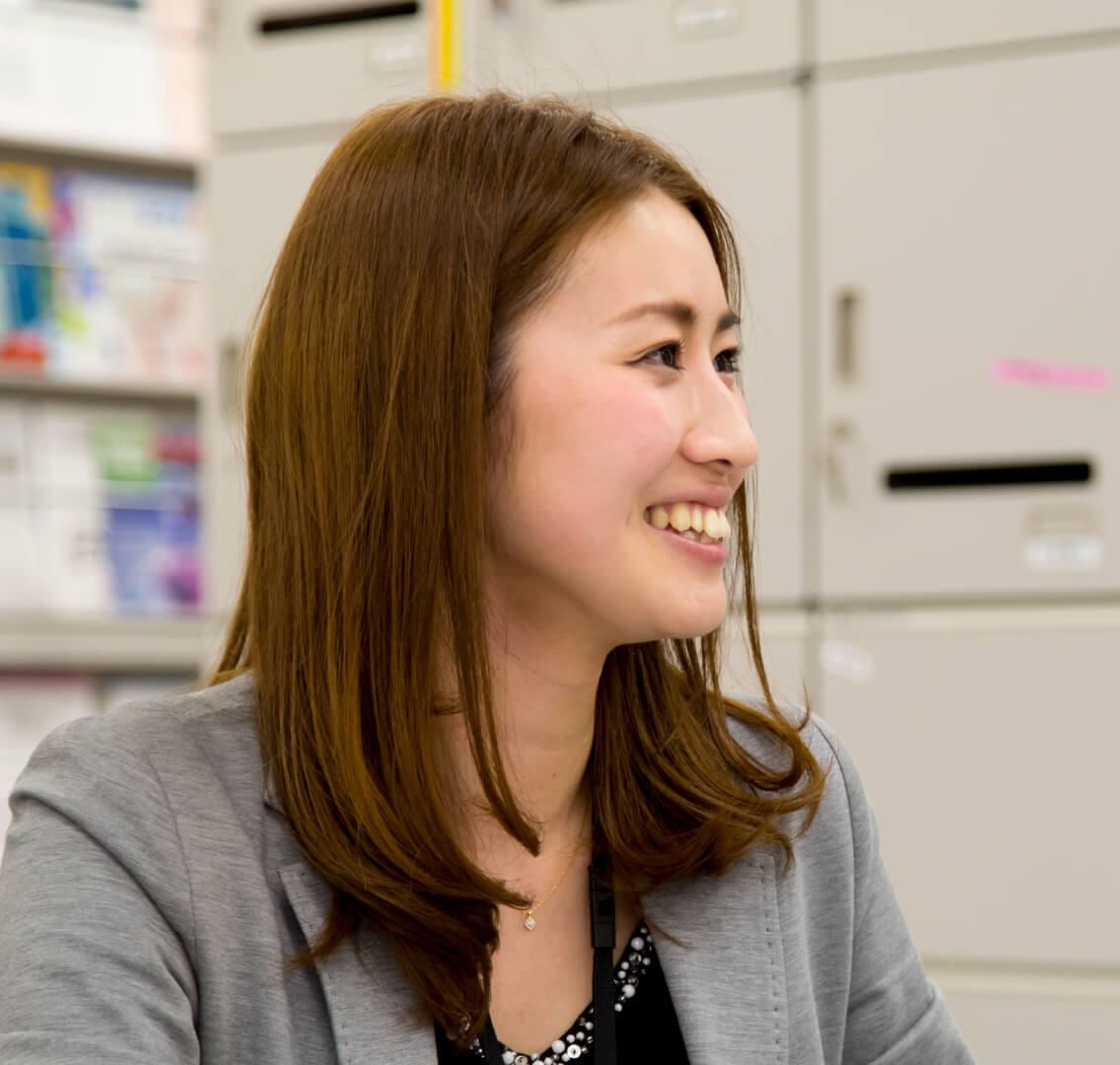
Someone who pursues her convictions with persistence and drive, to become a bridge between people and medicine.
Satoko Miura
Marketing & Sales Div.
Primary Unit
Osaka-Minami Sales Group
Since 2010
A mission to never give up.
‘No matter how wonderful a drug may be, without MRs, it will not reach the patients. I believe that it is the small efforts of each and every one of us that will change medical care in Japan.’ As an MR, Satoko Miura has poured all her efforts into promoting new drugs, achieving the top results in the Wakayama area with osteoporosis products. Her words are powerful and her intentions resolute. ‘Perhaps because I was raised by my father, who is a researcher at a pharmaceutical manufacturer, and my mother, who is a pharmacist, I have wanted to contribute to society by becoming a bridge between people and drugs since I was a child. So, when I talk to the physicians, I strive to be conscious of the patients beyond them. For example, when I heard that there was a rheumatoid patient for whom conventional drugs were not working,
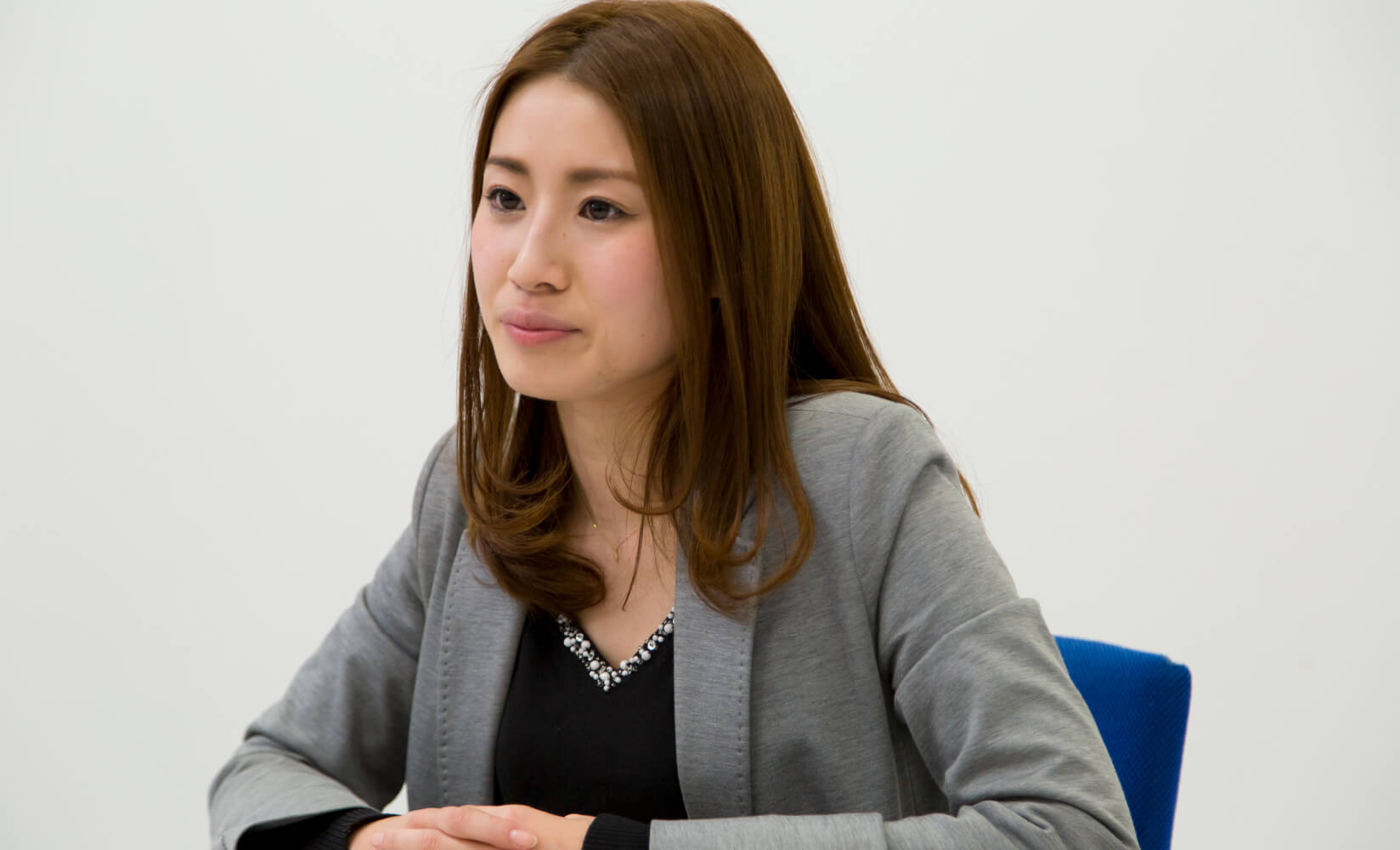
I suggested one of our new drugs that I thought might be effective, but this suggestion was rejected because there were few prior examples of its use.’ Nevertheless, Miura was convinced that the drug was the right one for the patient. ‘It is also the mission of MRs not to give up if they see someone suffering and there is a drug that might be able to help them. I called on the doctors multiple times, showing them the data and evidence about the drug and discussing it with them.’ Those efforts finally resulted in the drug being adopted. ‘Later, when they told me that the patient’s pain had been relieved and how delighted the patient was, it really struck me how much I love my job as an MR.’
People’s lives are in our hands.
‘She is highly motivated to grow, and once she sets a goal, she will never give up.’ This is how Miura’s colleagues describe her character. The way in which she makes every effort to promote new drugs, working hard to gain a thorough understanding of the efficacy and adverse reactions of the drugs and preparing so well that she can answer any question that is not even in the written materials, has earned her the respect of those around her. ‘I try to know more about the drugs I have been assigned than anyone. I had a bitter experience in my rookie days that taught me that this is only as it should be.’ Miura reflected. It was when she was haltingly reading the materials as she tried to answer the questions of a doctor at the hospital she was visiting. ‘That doctor rebuked me quite severely, saying that MRs hold people’s lives in their hands and that I should make sure I had all the information in my head.’
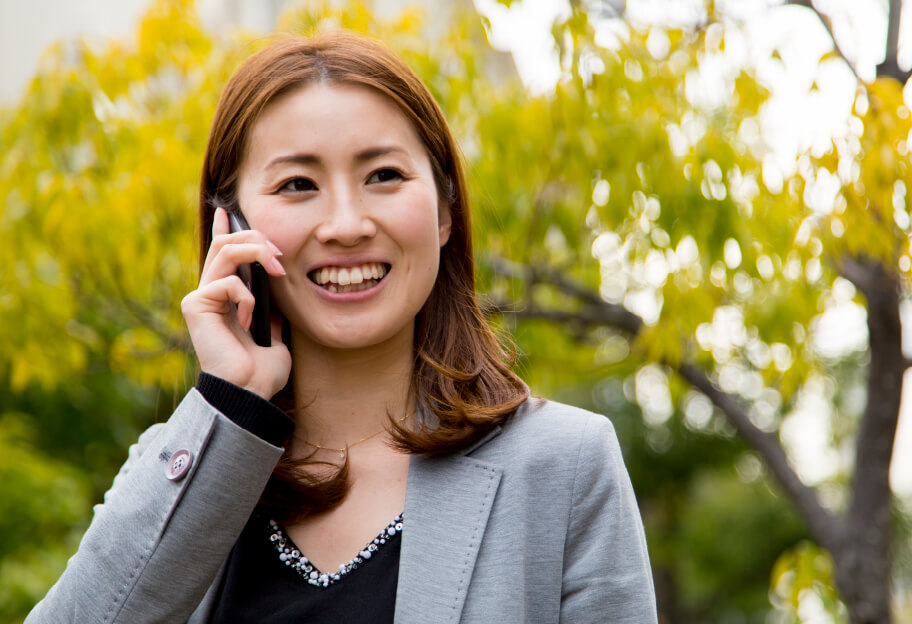
It felt as though a veil had been suddenly lifted from her eyes. ‘”That’s right. My job is a matter of life and death,” I thought. It was a very sobering experience, and I remember being happy that those doctors needed me to be at the level of their partner.’ Miura also feels that Chugai Pharmaceutical offers unique rewards that only MRs of a new drug manufacturer can enjoy. ‘There is a pride in being able to deliver to the world drugs that the research and clinical development divisions have been tackling for many years. Whether or not a new drug makes inroads in the world comes down to the first several weeks after it is released. Thinking about who to involve and what moves to make is another thing that makes this job so interesting.’
A bridge to the community.
Miura believes that contributing to community-based healthcare will become a major theme for MRs going forward. ‘Precisely because, as MRs, we have contact with regional medical institutions on the front lines, we can seek out the issues and become the “line” that connects the individual “points” in community-based healthcare, namely the individual medical institutions, local governments, and residents.’ However, it is typical of Miura that she is not satisfied merely with being a bridge. ‘I want to have the ability to think about what kind of bridge I should be and where, and to put that into action.’ One initiative that gave form to that desire is a collaborative study group that she and a senior MR helped set up between a general hospital and general practitioners in the area. ‘It all started from a comment made by a doctor at a medical center about wanting to find more patients with hepatitis-C.’
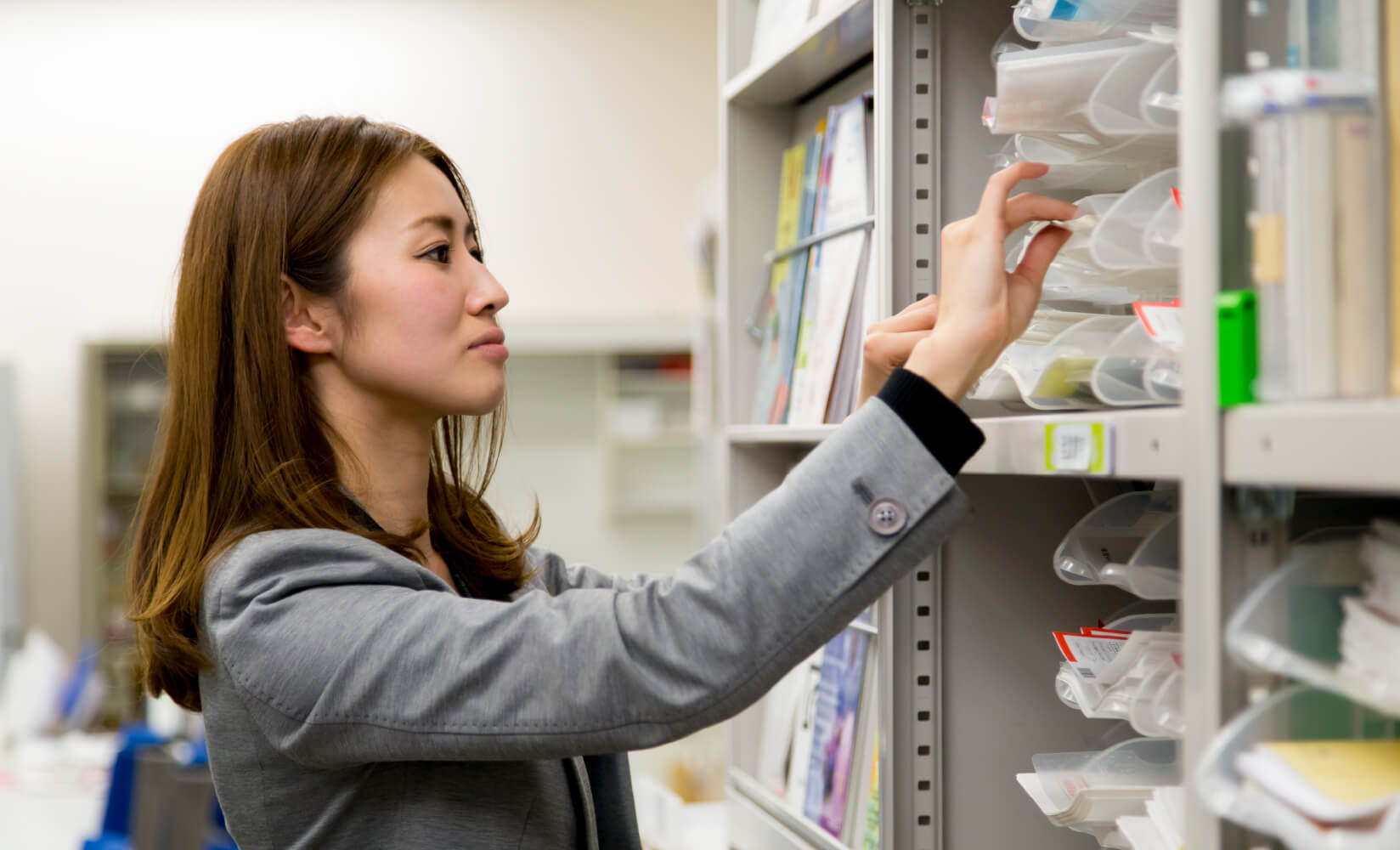
Wakayama Prefecture liver cancer death rate is higher than the national average. If patients could be treated at the hepatitis-C stage, they could stave off the development of liver cancer, but because hepatitis-C has few noticeable symptoms and there are not many physicians who specialize in the disease, it is a difficult disease to detect. ‘Moreover, hepatitis-C requires continued treatment once a week, so there are many patients who abandon treatment because they are unable to travel long distances to the hospital.’ So, they set up a program in which the specialists at the general hospital could follow up with the patients’ regular doctors to enable early detection and continued treatment. ‘Currently, we hold study groups and exchange meetings once every six months, where we bring medical institutions together while promoting therapeutic agents for hepatitis-C.’
*The contents of this article, and the divisions that the people featured in this article belonged to and the names of those divisions are current as of the time of the interview.

